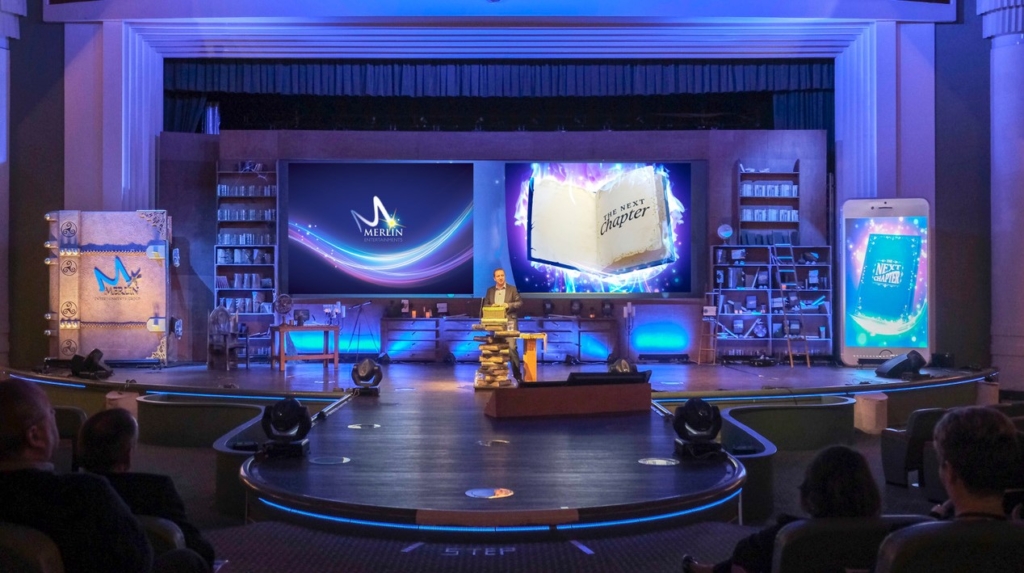Mastering this Skill of Security Standards for the Application of Pyrotechnics in Occasions
Mastering this Skill of Security Standards for the Application of Pyrotechnics in Occasions
Blog Article
Fireworks serve an exciting role in multiple occasions, including fireworks displays, concerts, and celebrations. Nevertheless, the use of pyrotechnics necessitates rigorous security guidelines to ensure the well-being of everyone. Understanding these protocols is essential for event planners, participants, and spectators alike. Adequate preparation and adherence to safety guidelines can help prevent incidents and secure a safe occasion.
Initially and most importantly, it is crucial to acquire the required licenses and permissions prior to using fireworks. Regional regulations and regulations often dictate what types of pyrotechnics can be utilized and the locations they can be ignited. Occasion planners should coordinate with local authorities to guarantee compliance with all legal requirements. This comprises grasping restrictions related to the season of year, atmospheric factors, and security areas. Through adhering to these rules, organizers not only ensure their event's legality but also protect the safety of the community.
Training is another crucial aspect of securely operating fireworks. Personnel operating fireworks should receive proper training to understand the tools and procedures involved. This includes knowledge of ignition methods, safety distances, and emergency response plans. Event organizers should also conduct briefings for all staff and volunteers involved with pyrotechnics, guaranteeing everyone is cognizant of their duties and the significance of adhering to safety protocols. This training helps create a culture of click here for more safety at the event, in which everyone can collaborate together to reduce hazards.
The setup and execution of pyrotechnics must be carefully planned. A designated area should be designated for firing pyrotechnics, away from viewers and combustible substances. Clear markings should be displayed to maintain attendees at a safe distance. Weather conditions can also affect pyrotechnic shows, so planners should track predictions and be ready to postpone or cancel if conditions are Click Here not safe. It is critical to have firefighting tools readily available in case an emergency. By preparing for possible risks, planners can react quickly and efficiently should an accident occur.
Lastly, after-event assessments are a key component of mastering security guidelines. Following the event, it is important to evaluate what went right and what could be enhanced. Feedback from staff, volunteers, and participants can offer important insights into the event's safety protocols. Planners should document any incidents or near misses, learning from these experiences to enhance future safety protocols. Through consistently improving their approach to fireworks, occasion planners can ensure a safe and pleasant event for all involved.